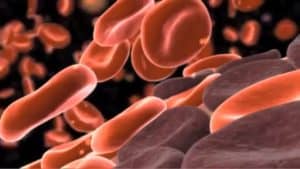Continuous Spectrum Chemistry
If you have seen the rainbow after it rains, then you probably have a clue about what a continuous spectrum chemistry looks like. A more ideal observation would be made if you use a beam of white light attainable only in some laboratories. It is also possible to produce this spectrum when you heat an object to its glowing point. In fact, the correct continuous spectrum definition requires all the wavelengths to be present within a given limit.
Continuous spectrum chemistry explained
To fully comprehend continuous spectrum chemistry, it is vital to consider the electromagnetic spectrum. Beams of white light may contain a continuous prism but this is often a small part of the larger electromagnetic spectrum. In the broad sense, continuous and line spectra are combined with other radiations including radio waves, ultraviolet, infrared rays, gamma rays, microwaves, and x-rays among others. All these form an electromagnetic spectrum.

You would think that electromagnetic radiation will produce a continuous spectrum since it is somewhere within it, but this is never so. However, the only reason why you cannot find continuous spectrum in an electromagnetic spectrum is because no universal material known to man can traverse through. No object can send out waves through the whole electromagnetic spectrum. As aforementioned, there are two main ways of producing a continuous spectrum.
One includes passing a beam of white light through a prism. This will produce all the wavelengths without absorption gaps seen when the sun’s rainbow is studied. Gaps simply mean there is something else inside that is not visible to the eye and helps physicists understand what the light-emitting object is made up of.
The second method involves combining the line spectra formed in absorption and emission spectra. Emission spectra is the opposite of absorption spectra; when an absorption spectra only shows a few wavelengths, emissions spectra only contains the wavelengths missing in absorption.
Combining the two gives you all the wavelengths required to make a perfect continuous spectrum. However, it is important to know that this requires careful mapping and a powerful spectrometer that can accurately record the different wavelengths, absorption lines and emission tracks.


